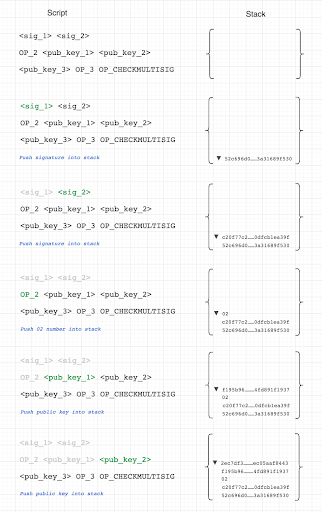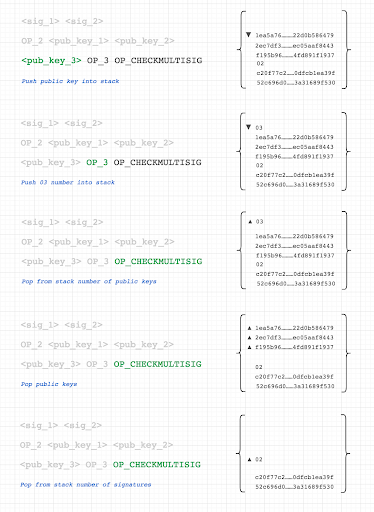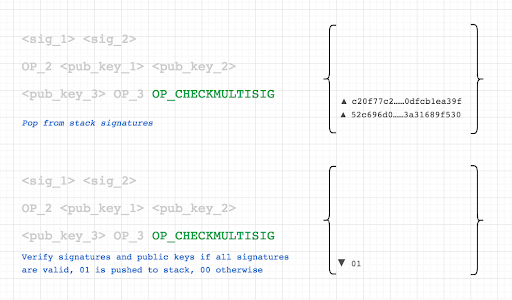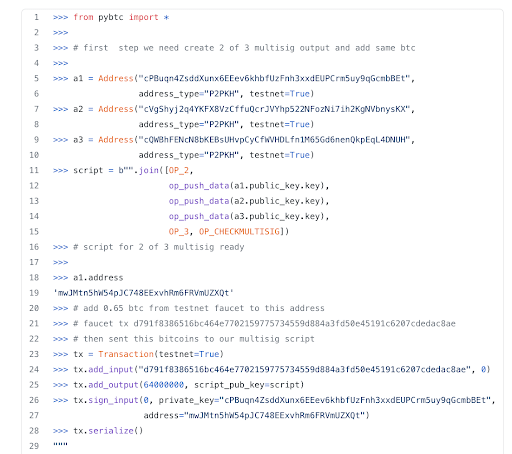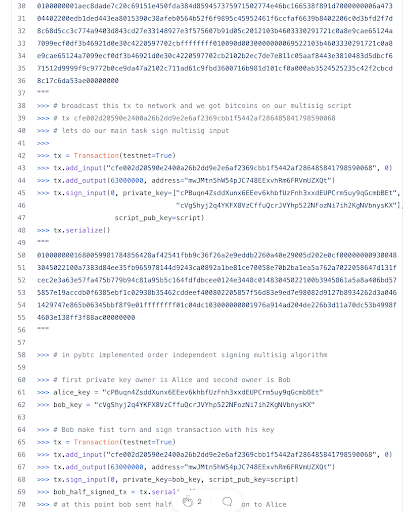Expaining Bitcoin. Sign MULTISIG input
In this article, you will find details on how MULTISIG bare output works in Bitcoin network transactions. We will also describe the algorithm for signing this output option in the transaction input in detail. The following describes how to sign bare input MULTISIG with Python.
Creating a spending transaction from a given output option is required to access the unlock script for the output. The signature scenario includes a specific number of signatures, serialized as it matches each public key in the MULTISIG scenario.
Verification of a signed transaction input (an output of another transaction that has not been spent) is done by running the signature script, followed by the MULTISIG script.
How to execute the scenario 2 of 3 MULTISIG scenarios?
Execution done. If the signatures were valid on the stack at 01, the value is True and the transaction input is validated.
Bitcoin test network signs bare MULTISIG 2/3 point-by-point:
We have 0.64 tBTC in our hands, which are blocked on a bare MULTISIG input. We provide 3 public keys, each of which corresponds to an address:


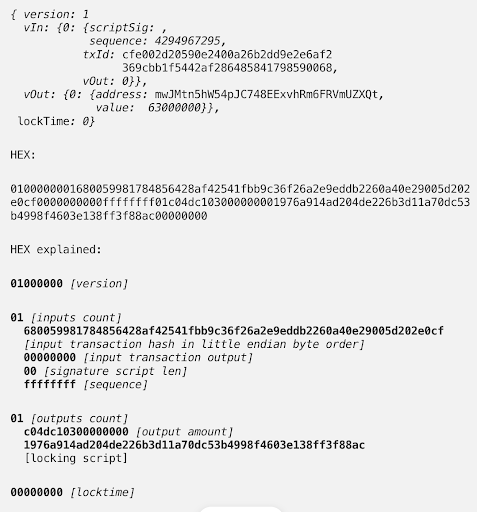
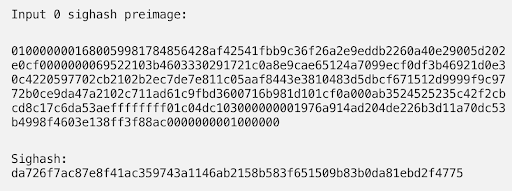
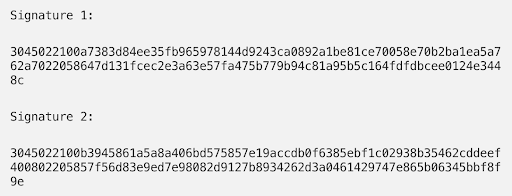
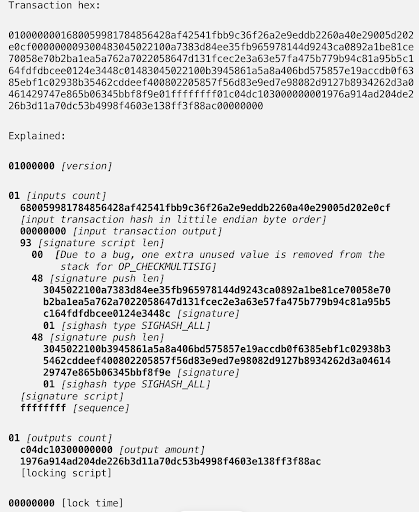
7193e8e9894069253b52ebcdc74caf8eed5d93c00022dcf23fa096b27180fe21
Check out an example on the bitcoin Python library pybtc:
